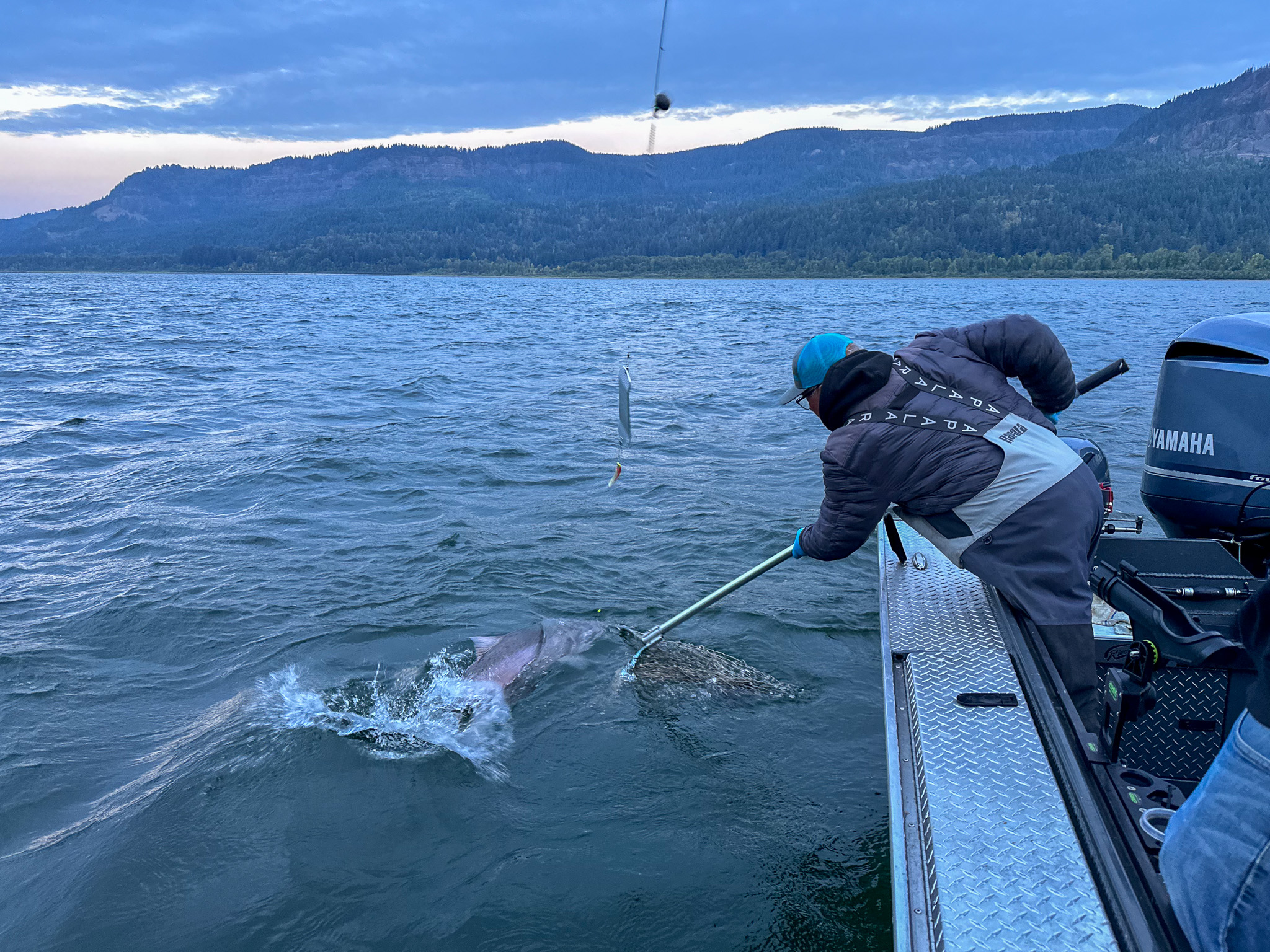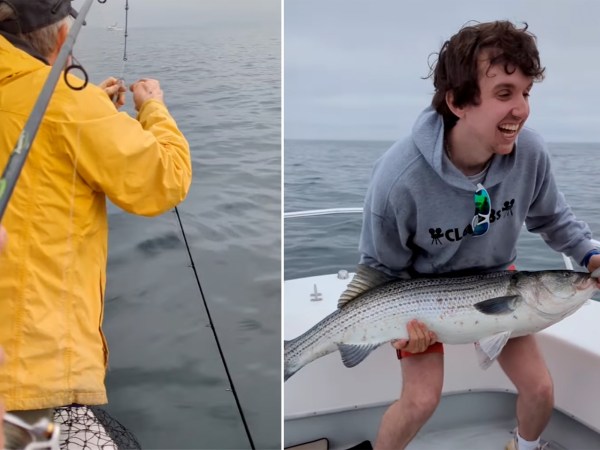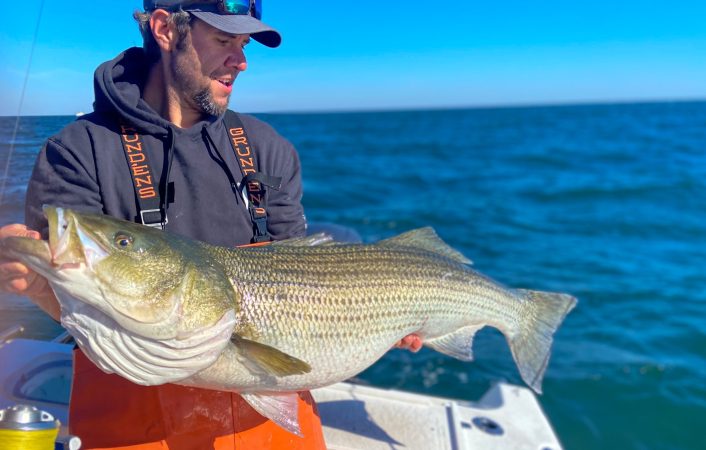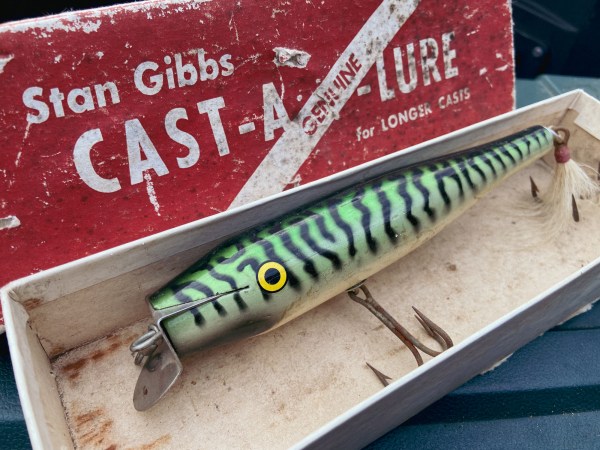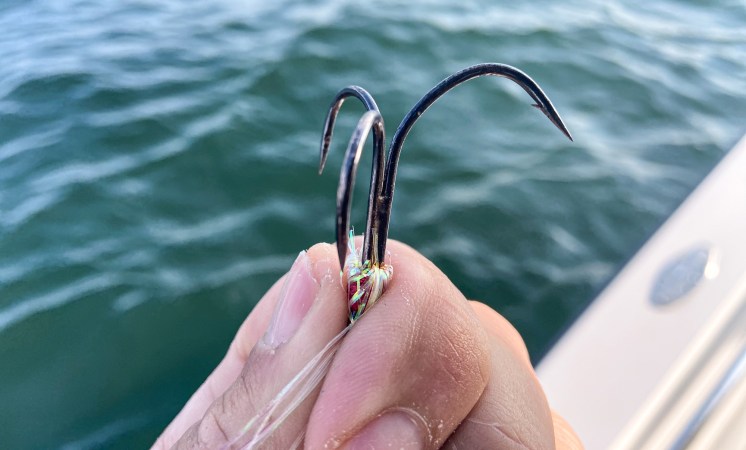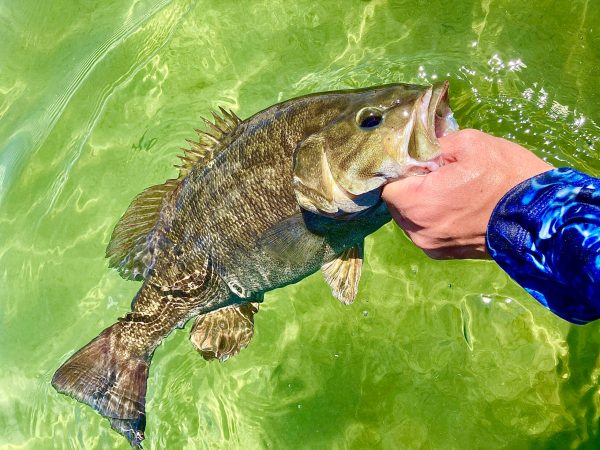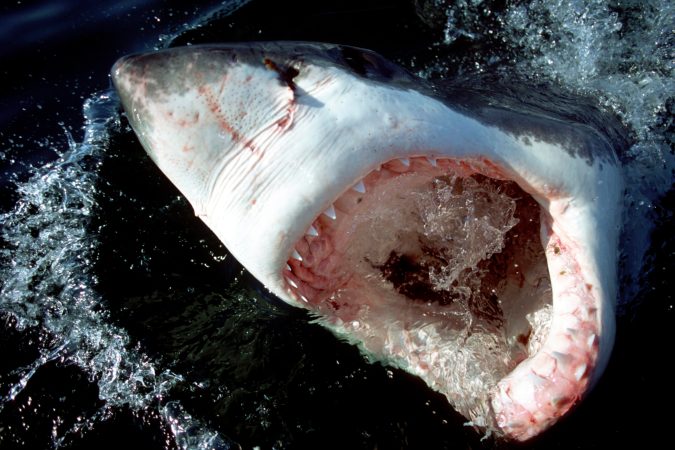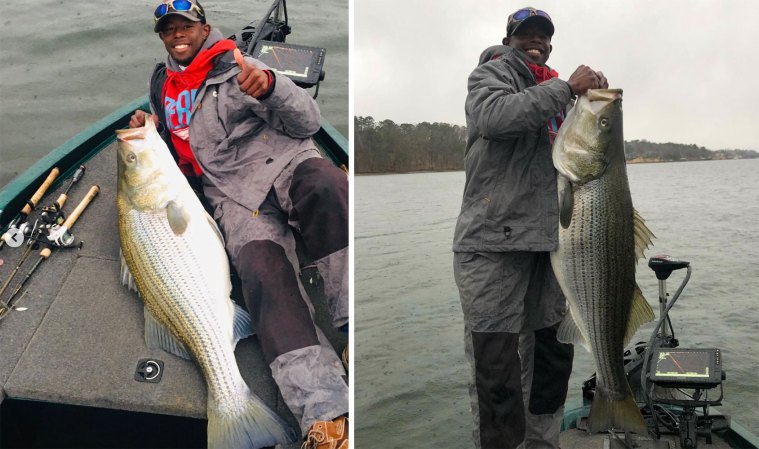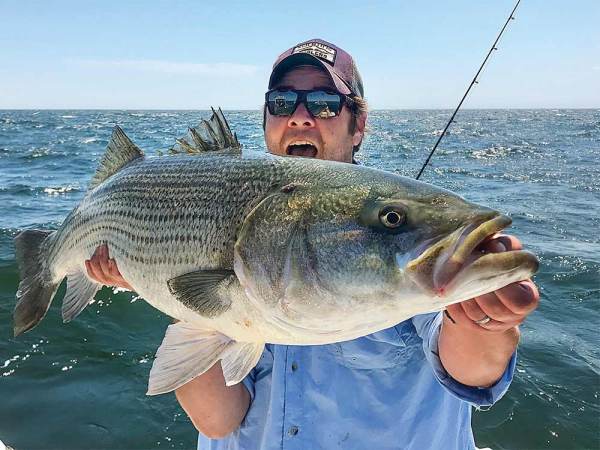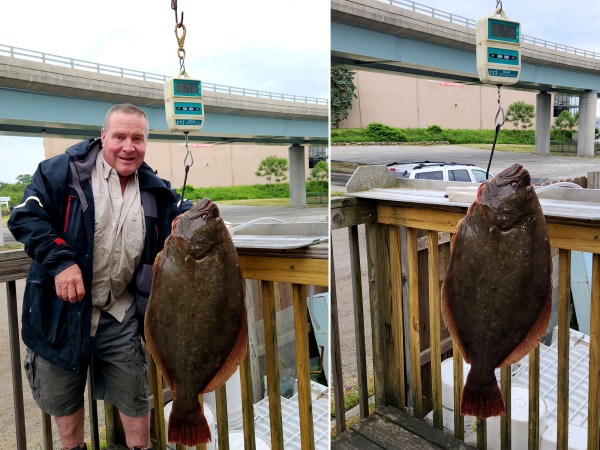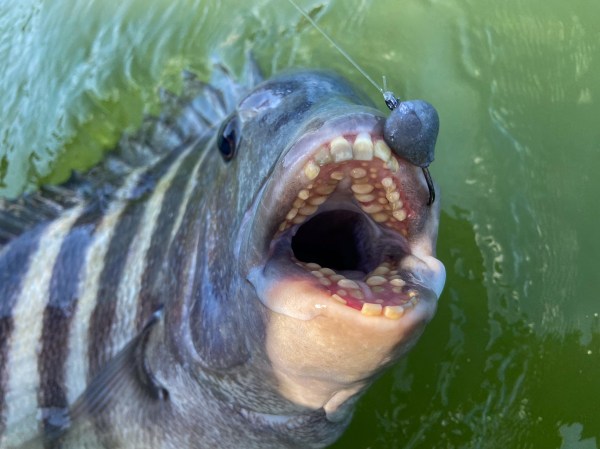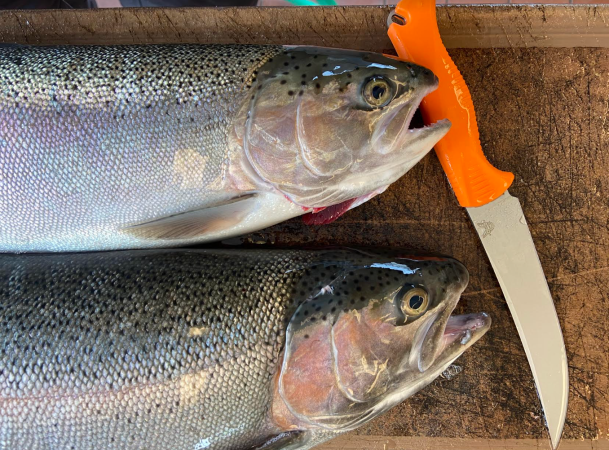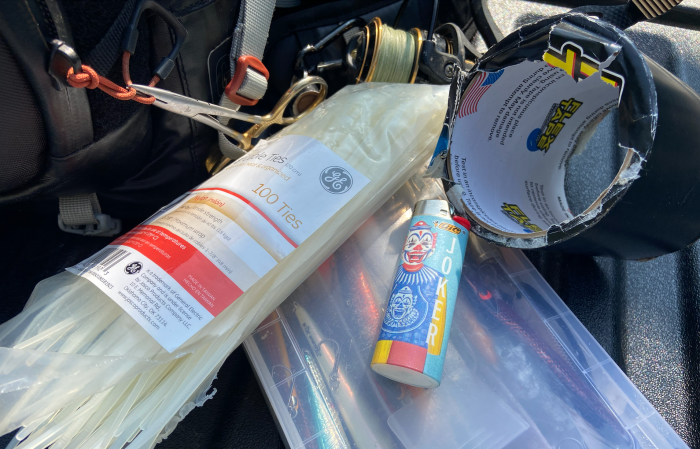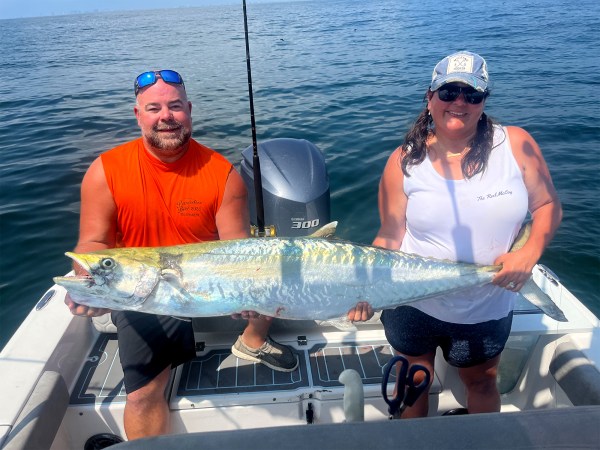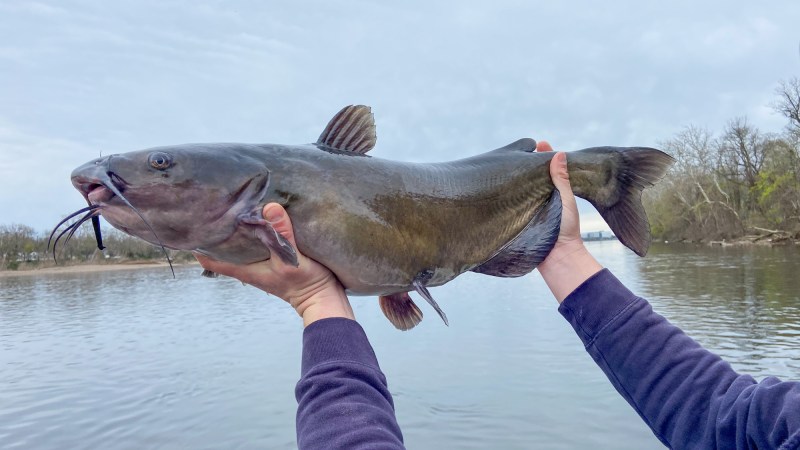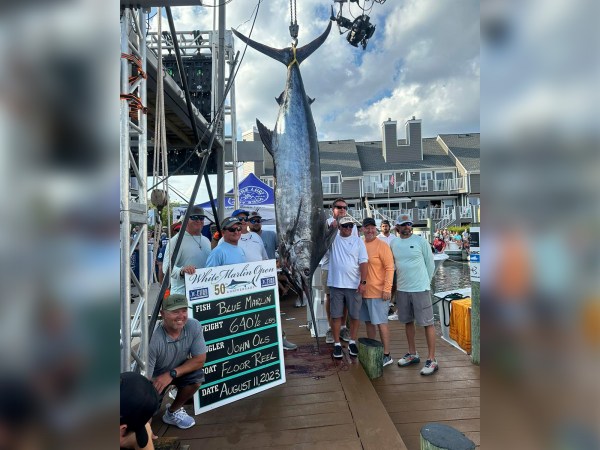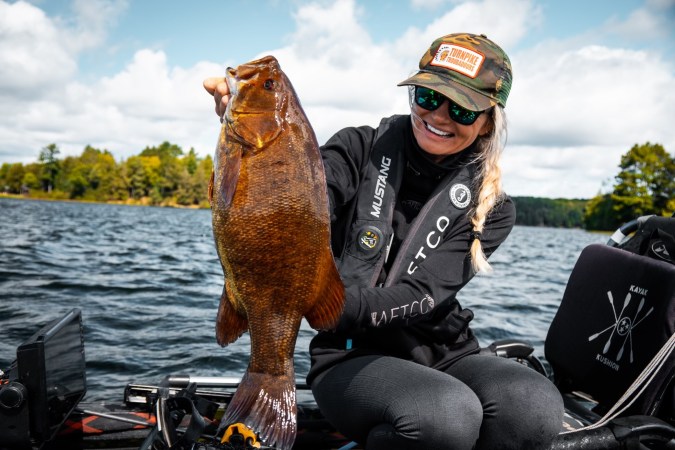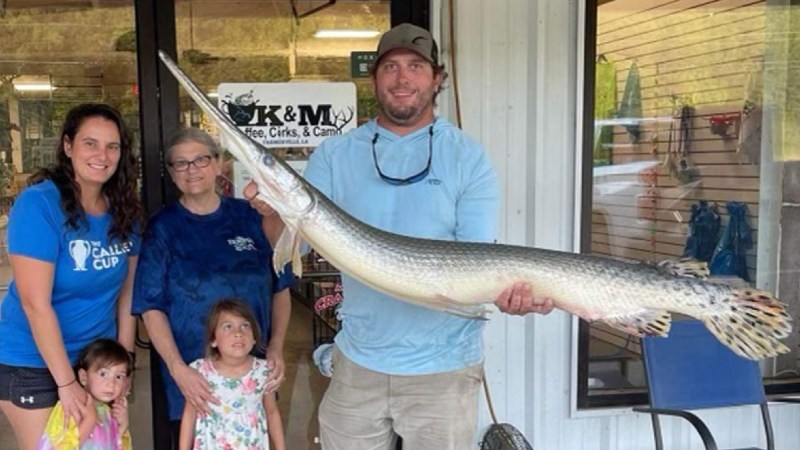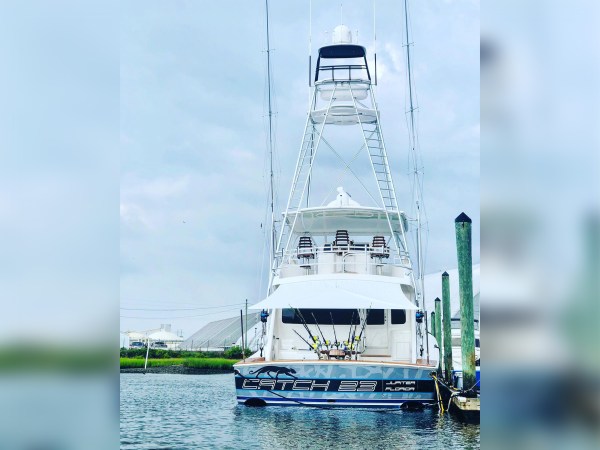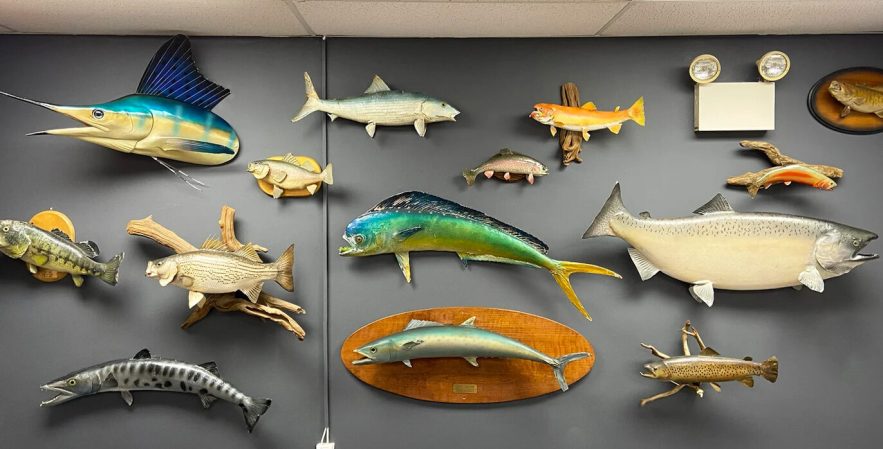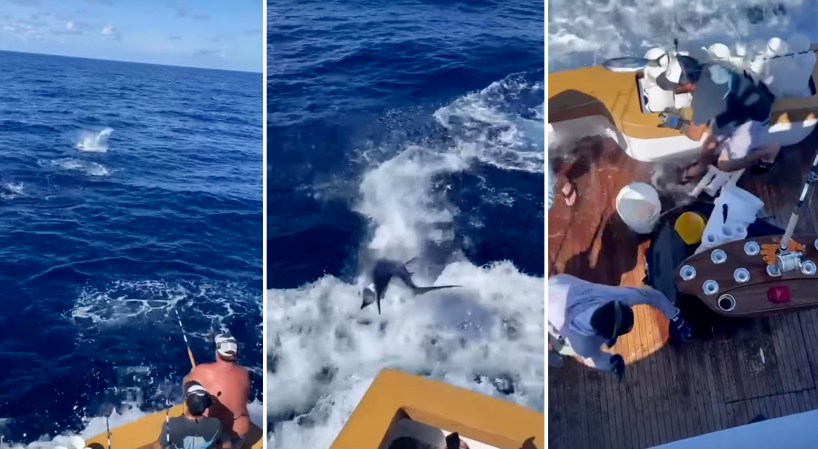It’s not over ‘til it’s over. That phrase is highly applicable to fishing because anglers understand that until a fish in landed and secured, anything can happen—no matter how sure you are that everything’s going smoothly.
In fact, I’d go as far as saying the most hair-raising, heart-pounding moment of any fish fight is the second just before it ends up in the net. Why? Well, a lot can go wrong at this point. And if it does go wrong, it’s often thanks to a faulty net job.
During the end game, there’s more pressure on the net man than the angler, and when you’re the person responsible for making sure your buddy’s personal-best monster muskie, jumbo catfish, trophy striper, or bull redfish ends up on Instagram, it can be terrifying.
Read Next: The Best Trolling Motors
It doesn’t have to be, though. Netting giant fish is, in many ways, easier than landing smaller ones because they’re less erratic and often tired by the time you reel them in close. Still, mistakes in both your approach and the gear department can happen. Follow these simple rules though, and I promise they won’t.
Make Sure Your Net Isn’t Too Small
This seems like a complete no-brainer. I get it. I’m still shocked by how often I see anglers on the water and even in social media videos attempting to land too big a fish with too small a net. I understand that what often happens is that net is fine for the average fish the angler catches. Then suddenly, when faced with a behemoth, that net struggles to make the play. The bottom line is that if you think you have a shot at a monster catfish or striper or muskie, then you need to have a net that can handle that possibility. Even if you only score the occasional giant, a big net will land smaller fish with no problem; it doesn’t work as well in reverse.
My go-to net for large fish is a 32- by 44-inch Beckman with a 4-foot handle and extra-deep bag. That handle, by the way, is extremely sturdy, which is important. And yeah, even though this net has a collapsible handle, it still takes up a lot of room on the boat. It’s also fairly heavy and cumbersome to wield. But I also know that if I’ve got a 40-pound striper coming in, or a 20-pound channel cat, it’ll slide into the bag easily on the first shot, and the net won’t break under the strain of that fish. That’s worth the tradeoffs.
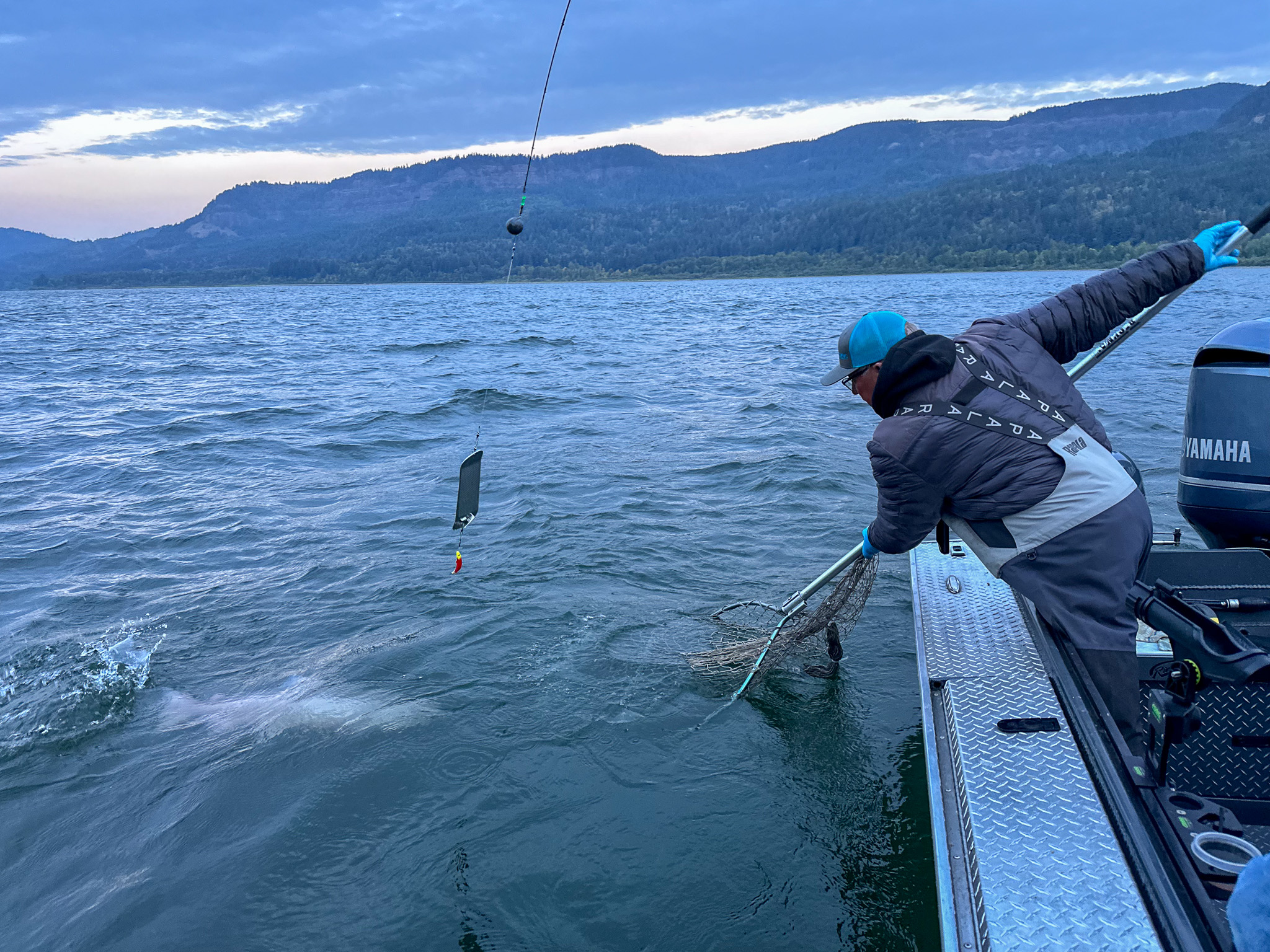
Gather the Bag When Netting a Trophy Fish
A proper net for big fish is going to have a deep bag, which ensures your trophy catch is fully cradled and supported. However, that long bag creates a lot of drag in the water. This can make things particularly challenging when trying to net heavy fish in river or tidal current, and the resistance the bag creates is going to push the net away from the fish and you’ll have to counteract this with pure muscle.
The thing to do when a big fish is on the line is gather up the base of the bag and hold it against the handle. What you’re doing is creating a shallower bag temporarily, which will help the net hoop slice through the water more easily. The instant that fish is through the hoop, release the gathered bag so the fish can fully drop in before bringing it into the boat.
Never Take a Wild Stab
The easiest way to lose a fish of any size when going in for the net shot is to take a wild stab. In netting, nothing should happen fast, and the grab should be cool, calm, and calculated. Fast movements risk bumping the fish or bumping the line, both of which can mean kissing your catch goodbye. That’s not to say erratic behavior or catching a glimpse of a hook that’s about to pop out won’t force you into a cowboy maneuver from time to time, but you want to avoid this whenever possible, and that takes a bit of planning.
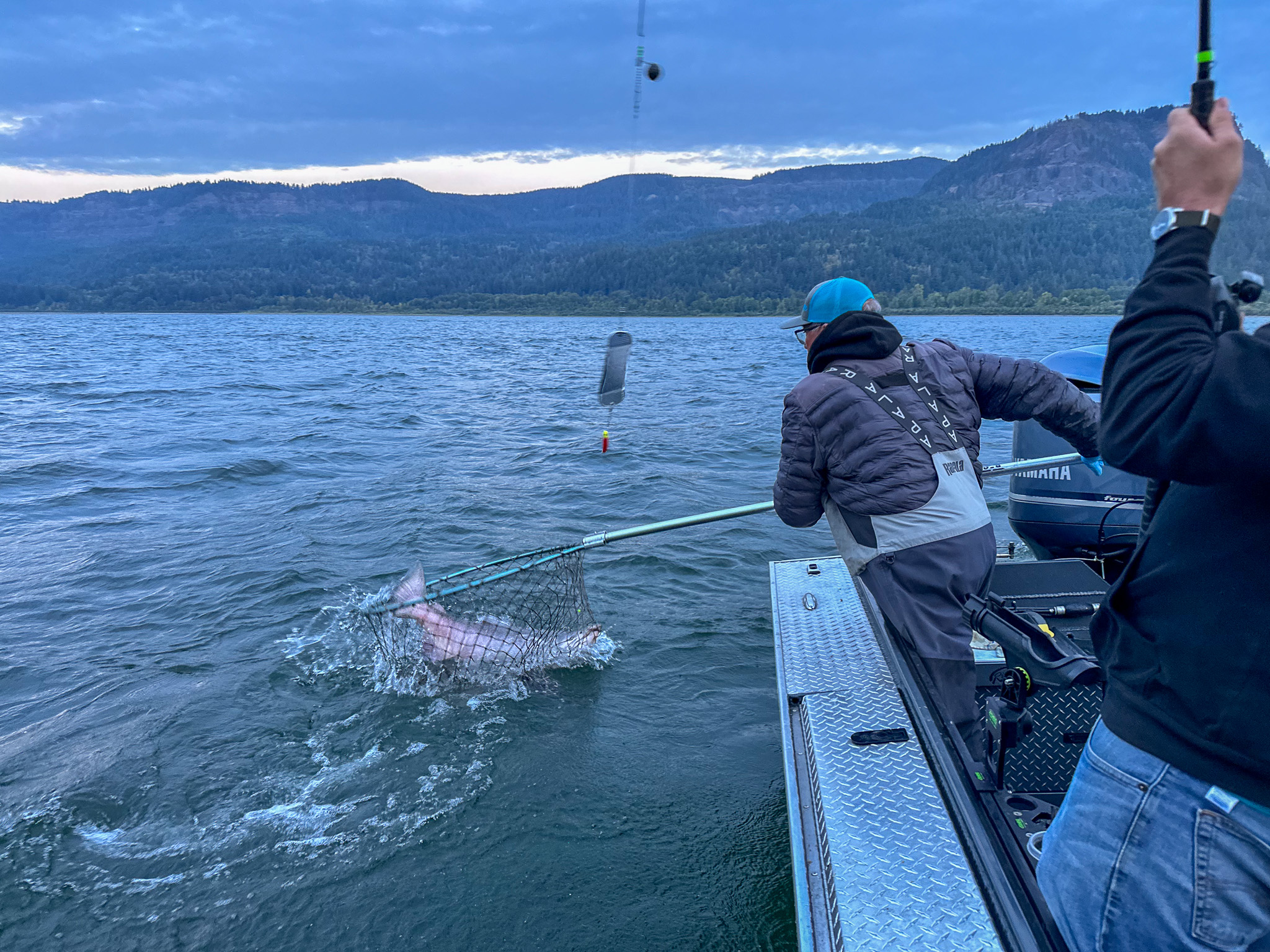
For starters, you never want to put a fish in a net tail-first. In other words, don’t ever try to scoop from behind. You want the rod man to do the lion’s share of the work leading the fish’s head to the net. You don’t want to lead the net to the fish. Ideally, you want the hoop in the water and ready to receive the catch. The theory is that a fish close to the boat—just feet from that net—can get spooked by the net hitting the water, thus causing it to freak out and potentially zip farther away and prolong the battle. If the net is already submerged before the fish gets close, however, you greatly reduce the risk of spooking, and often you’ll find that the angler can easily slide the fish right into the bag with little fanfare or drama.
Grab the Hoop—Not the Handle—When Landing
Here’s another scenario I’ve seen too many times to count. Someone else on my boat is netting a big fish for me. They extend it out to capture the target, then as soon as it’s in the bag, they try to lift the net horizontally and swing the fish into the boat. If we’re talking about a catch that weighs 20 pounds or more, this rarely goes well. In fact, I’ve almost lost a handful of nets over the years because my net man doesn’t have the strength to bring the net in this way, gets thrown off balance, and almost drops the whole thing.
Read Next: The Best Kayak Fishing Nets
Just before disaster strikes is when you’ll hear me screaming, “Grab the hoop!” It’s simple physics, really, but in the heat of the moment, many people panic. Instead of trying to lift an extended net horizontally, what you want to do is simply pull the net straight back to you until the hoop is within your grasp. A trophy-sized landing net should have a sturdy hoop, which you should grab with both hands at the top like a steering wheel and lift the entire thing straight vertically into the boat.

